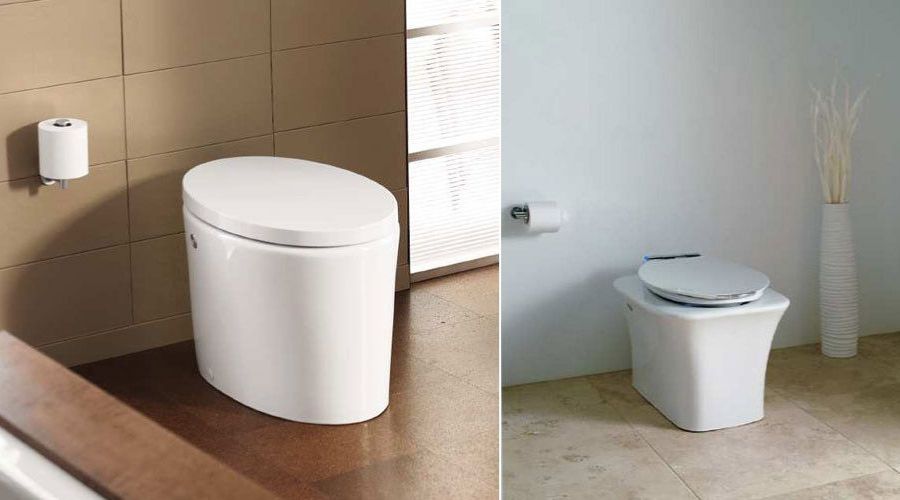Thinking about getting a new toilet but not sure what kind to get? There are several varieties out there and one that might be on your mind is a tankless toilet. Here’s all you need to know about this toilet and how it works.
What Is a Tankless Toilet?
Well, it is tankless, of course, but what exactly does that mean? It means that the toilet does not need to rely on a water-filled tank in order to clear the bowl of waste. A typical toilet (maybe the one that you have in your home right now) is attached to a tank via piping called a siphon. When the toilet flushes, water shoots out of the siphon to clean the bowl. On the other hand, a tankless toilet gets its water from a supply line directly. When the toilet is flushed, water comes out of the supply line at high pressure to get rid of waste.
Background on the Tankless Toilet
This type of toilet came onto the market a little over 100 years ago. The first model of a tankless toilet was a flush valve design with the valve controlling how much water passed from the supply line to the bowl. While most tankless toilets today still employ this design, the fixtures are more modern and streamlined. In fact, this original design paved the way for commercial flushometers, one of the most prolific types of tankless toilets.
Advantages of a Tankless Toilet
So is a tankless toilet better than having a toilet with a tank? Maybe, as long as you have sufficient water pressure. While tank-included toilets rely on gravity to force the water down, a tankless toilet needs the water to come out at high speed. Both styles of toilet use roughly the same amount of water so it’s not a matter of conserving resources. Rather, it is often a matter of space as tankless toilets can accommodate smaller bathrooms.
Another benefit of a tankless toilet is that they tend to be more dependable and efficient with that high-powered water getting a deeper clean in less time. In commercial buildings, tankless toilets are often the norm and they all work pretty much the same. It’s not uncommon to see tankless toilets that automatically flush, thanks to a battery-operated sensor. In fact, aesthetics play into these types of toilets. Their tank-free design tends to look streamlined and sleek, creating a more contemporary look in both homes and offices. They are also usually less noisy than other types of toilets.
Of course, any toilet comes with its disadvantages. The downside of using a tankless toilet in your home could be if you have poor water pressure. These toilets need high-pressure water to shoot into the bowl for adequate cleaning and flushing. A pump can remedy this problem by adding more pressure and force to the flush. Moreover, if you want to go for a high-tech tankless toilet option, you will spend a pretty penny because they don’t come cheap.
Is Tankless the Future of Toilets?
So will we be seeing more tankless toilets in the coming years? Perhaps, especially in urban settings where water pressure can be low. Modern tankless toilet designs are coming with all kinds of cool amenities and features such as heated seats, air dryers, bidet attachments, and air purifying settings. The idea of using fewer resources and saving space is a major motivator for many buyers. Of course, don’t feel as though you need to switch out your tanked toilet right away. After all, it is better to work with what you already have than to buy something that you don’t need.

